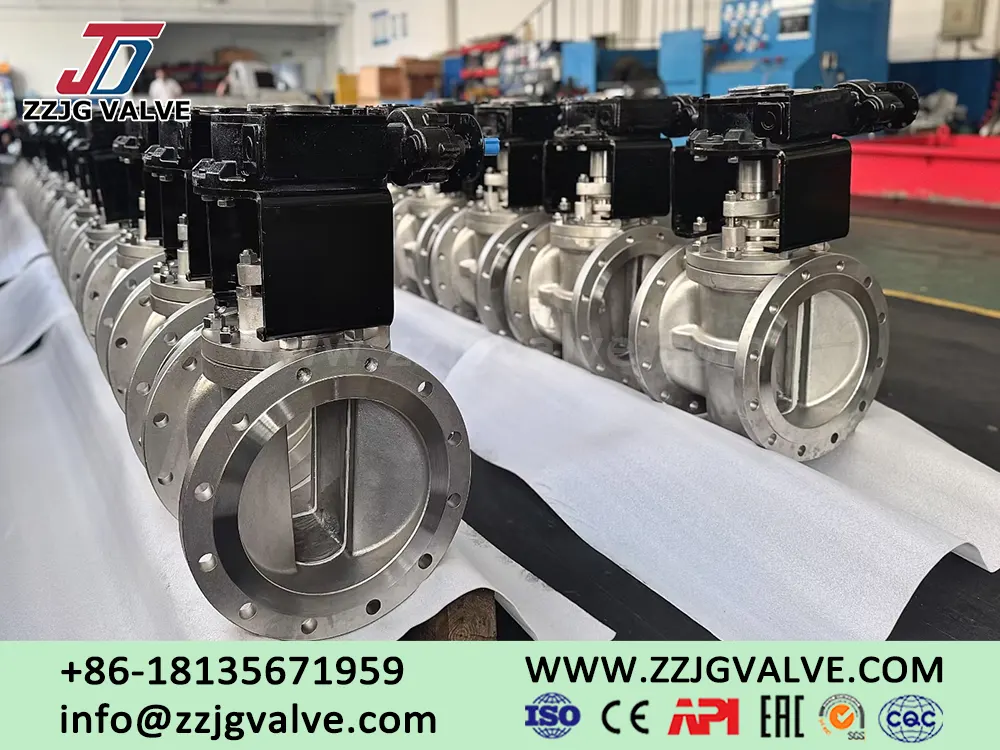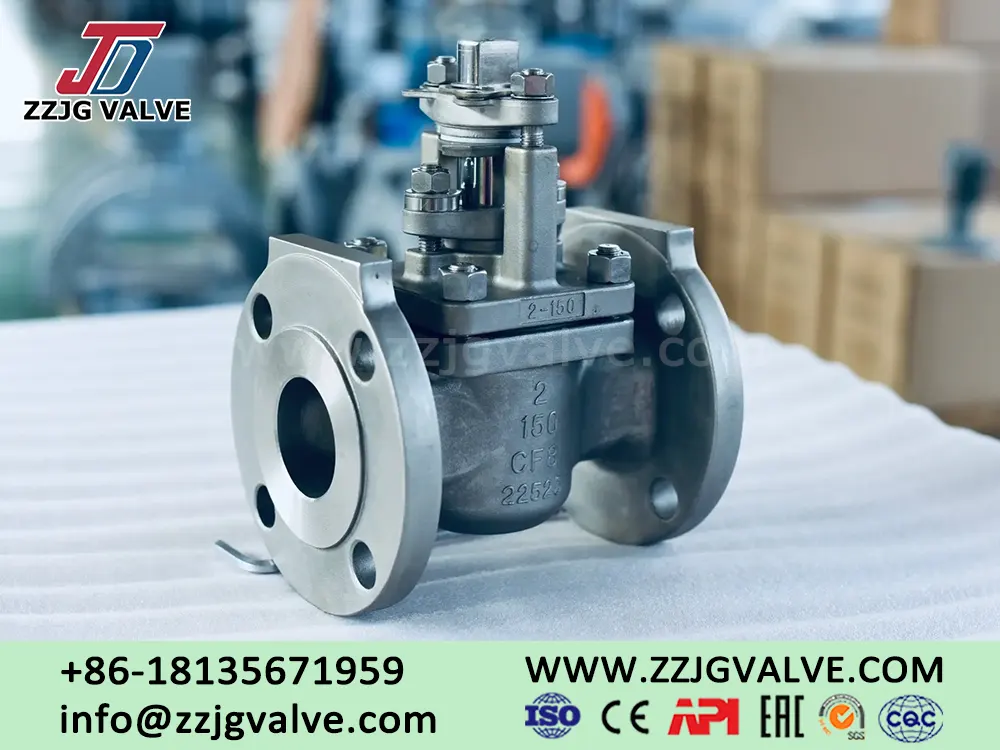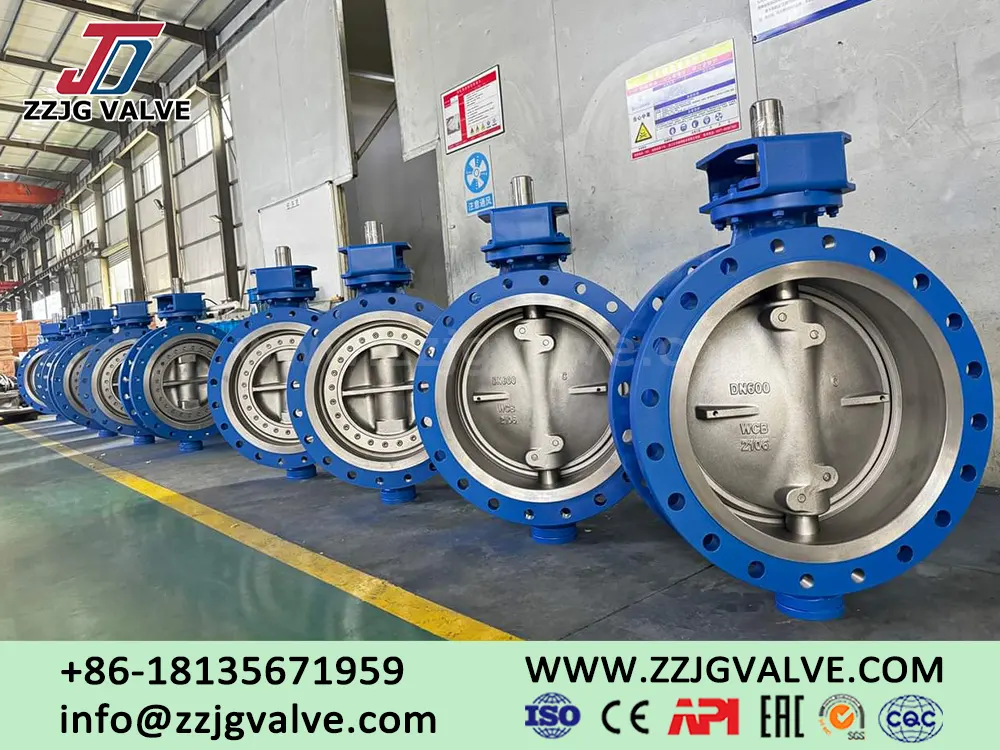High Reliability Firelock Butterfly Valve in Fire Fighting Systems
The firelock butterfly valve is designed with a top-mounted valve opening/closing electrical signal device. When the valve is accidentally closed by 25%, it can send an alarm signal to the fire control center. This valve performs the functions of medium diversion, convergence, or flow direction switching in pipelines. Its technical parameters cover nominal diameters from DN50mm to DN300mm, nominal pressures from PN10MPa to 16MPa, and an operating temperature range from -29°C to 300°C. The product materials include stainless steel, cast steel, and forged steel, with drive methods covering manual, worm gear, pneumatic, and electric types.

As a critical component in fire fighting systems, the firelock butterfly valve not only features lightweight construction and rapid, reliable opening/closing characteristics but also offers the advantage of low operating torque. Its most distinctive feature is the ability to visually indicate the valve's opening degree, allowing operators to determine the valve's position from outside the valve body. Furthermore, it can transmit the valve's opening and closing signals to the control center, ensuring safety and reliability.

Application areas of firelock butterfly valve
Firelock butterfly valve are widely used in industries such as chemicals, petrochemicals, petroleum, papermaking, mining, power, liquefied gas, food, pharmaceuticals, as well as in water supply and drainage, municipal engineering, mechanical equipment, electronics, and urban construction. They are essential equipment for ensuring fire safety in these industries.
Structure and working principle of firelock butterfly valve
The firelock butterfly valve, this critical safety device, consists of multiple key components. These components work together to ensure the valve's stable performance and safety reliability. The key components of the firelock butterfly valve collaborate to ensure the valve's stable performance and safety reliability.
Installation and Usage Instructions of firelock butterfly valve
Before installation, carefully verify the product model, position number, and specifications, and inspect all components for completeness and damage. Additionally, thoroughly clean the pipeline to ensure there is sufficient straight pipe section at the valve inlet and that a filter is installed. During installation, prioritize personnel and equipment safety, ensuring ease of operation, disassembly, and maintenance. Furthermore, the signal box must be connected to the fire protection system's electrical circuit to ensure uninterrupted signal transmission.

To ensure continuous stable operation, regularly inspect the valve's mechanical components and signal output. When cleaning the valve, select an appropriate cleaning method based on the nature of the medium. For the easily damaged “O”-ring parts, all should be replaced with new ones during each maintenance. The valve's performance, replace easily damaged parts, maintain it in optimal working condition, and consider the impact of the operating environment. For long-term storage, the entire unit should be placed in a dry, cool, well-ventilated environment with temperatures between 0°C and 48°C to ensure product quality and performance are not affected. Maintain stability during transportation and store in an appropriate environment to protect the product from damage.
Next: Selection and Maintenance of Inverted Pressure Balance Lubricated Plug Valves












